Home>Renovation & DIY>Tools & Equipment>What Are Synthetic Paint Brushes Made Of
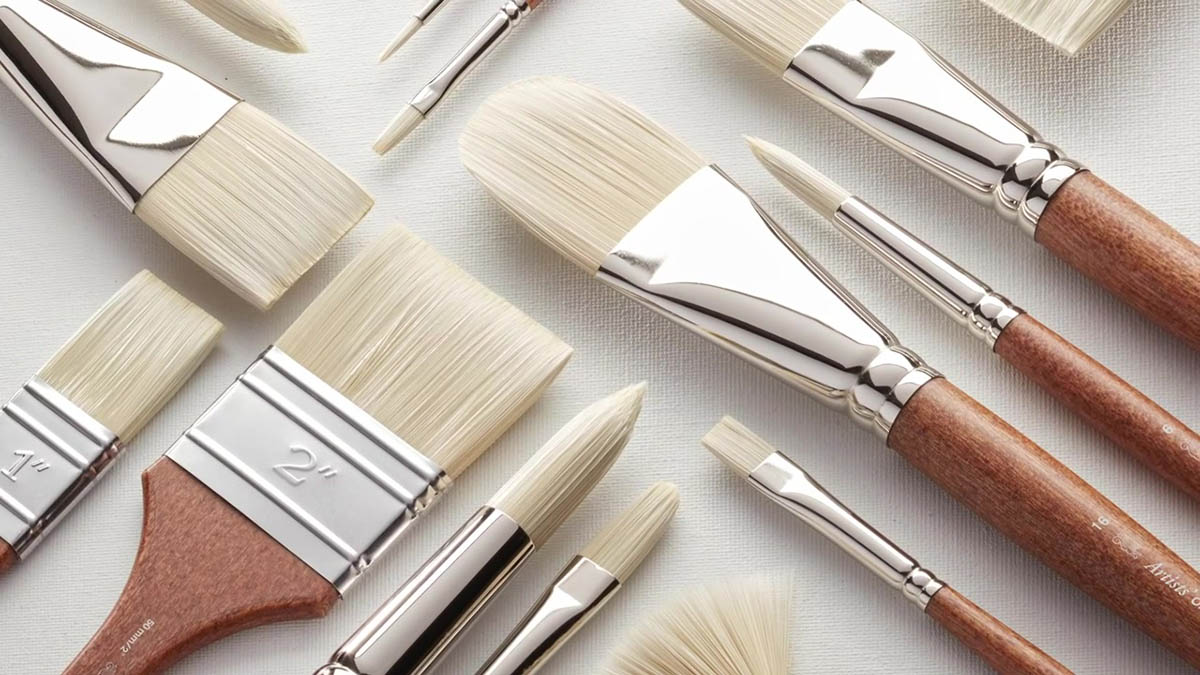

Tools & Equipment
What Are Synthetic Paint Brushes Made Of
Modified: December 21, 2023
Discover what synthetic paint brushes are made of and how they compare to natural brushes. Learn about their benefits and uses in tools and equipment.
(Many of the links in this article redirect to a specific reviewed product. Your purchase of these products through affiliate links helps to generate commission for Storables.com, at no extra cost. Learn more)
Introduction
Welcome to the world of painting, where the choice of brushes can make a significant difference in the outcome of your masterpiece. When it comes to paint brushes, the debate between natural and synthetic bristles has been ongoing for years. Synthetic paint brushes have gained popularity for various reasons, including their versatility, durability, and ease of maintenance. In this article, we’ll delve into the fascinating realm of synthetic paint brushes, exploring their types, materials, pros, and cons. Whether you’re a seasoned artist or a DIY enthusiast, understanding the intricacies of synthetic paint brushes can elevate your painting experience to new heights.
Key Takeaways:
- Synthetic paint brushes offer durability, versatility, and ease of maintenance, making them a cost-effective and animal-friendly choice for artists and DIY enthusiasts.
- Understanding the types and materials of synthetic paint brushes empowers artists to select the right tools for their projects, enhancing creativity and artistic expression.
Read more: What Are Paint Brushes Made Of
Types of Synthetic Paint Brushes
Synthetic paint brushes come in a diverse range of types, each designed to cater to specific painting techniques and surfaces. Understanding the various types can help you choose the most suitable brush for your project:
- Flat Brushes: These brushes feature a rectangular shape with medium to long bristles, making them ideal for covering large areas and creating sharp edges.
- Round Brushes: With a circular ferrule and a pointed tip, round brushes are versatile and well-suited for intricate details, outlining, and filling in small areas.
- Angular Brushes: Characterized by slanted bristles, angular brushes are perfect for precise strokes, controlled lines, and creating sharp angles.
- Fan Brushes: As the name suggests, these brushes have spread-out bristles in the shape of a fan. They are commonly used for blending, creating textures, and applying special effects.
- Detail Brushes: These small, fine-tipped brushes are indispensable for intricate work, fine lines, and delicate touches in paintings.
- Filbert Brushes: With an oval-shaped, tapered end, filbert brushes offer the benefits of both flat and round brushes, making them versatile for various painting styles.
Each type of synthetic paint brush has its unique characteristics, making it essential to select the right brush based on the specific requirements of your painting project. Whether you’re working on canvas, wood, metal, or other surfaces, the type of brush can significantly impact the overall result of your artwork.
Materials Used in Synthetic Paint Brushes
Synthetic paint brushes are crafted using a variety of materials, each chosen for its specific properties and performance. Understanding the composition of these brushes can provide valuable insight into their quality and suitability for different painting tasks:
- Nylon: Nylon bristles are widely used in synthetic paint brushes due to their durability, resilience, and ability to maintain their shape. They are suitable for a wide range of paints, including acrylics, watercolors, and oil-based paints.
- Polyester: Polyester bristles offer excellent stiffness and spring, making them ideal for pushing heavy-bodied paints and achieving precise control during application. They are also resistant to fraying, ensuring longevity in various painting conditions.
- Taklon: Taklon bristles are popular for their softness, smoothness, and ability to mimic the characteristics of natural hair brushes. They are often favored by artists seeking a synthetic alternative to animal hair brushes, especially for watercolor and delicate painting techniques.
- Blended Fibers: Some synthetic paint brushes feature a blend of different fibers, such as nylon and polyester, to harness the unique strengths of each material. This combination can result in brushes that offer a balance of stiffness, flexibility, and paint retention.
Additionally, the handles of synthetic paint brushes are commonly made from materials such as hardwood, plastic, or composite materials. The choice of handle material can impact the overall balance, comfort, and durability of the brush, especially during prolonged use.
Manufacturers continually innovate to develop advanced synthetic fibers and handle materials, aiming to replicate the performance and feel of natural brushes while offering the benefits of synthetic alternatives. By understanding the materials used in synthetic paint brushes, artists and hobbyists can make informed decisions when selecting brushes that align with their artistic preferences and painting techniques.
Pros and Cons of Synthetic Paint Brushes
Synthetic paint brushes offer a myriad of advantages and considerations that artists and painters should weigh before making their brush selections. Understanding the pros and cons can help you make informed decisions based on your specific painting needs:
Pros:
- Durability: Synthetic brushes are known for their resilience and durability, making them suitable for extensive use and a variety of painting techniques.
- Versatility: These brushes can be used with different types of paints, including acrylics, watercolors, and oil-based paints, offering versatility across various artistic mediums.
- Ease of Maintenance: Synthetic brushes are generally easier to clean and maintain compared to natural brushes, as they are less prone to damage from solvents and harsh cleaning agents.
- Consistency: The uniformity of synthetic bristles ensures consistent performance, making it easier to achieve predictable brushstrokes and painting effects.
- Cost-Effectiveness: Synthetic brushes are often more affordable than their natural counterparts, providing high-quality options at accessible price points.
- Animal-Friendly: For individuals who prefer to avoid animal-derived products, synthetic brushes offer a cruelty-free alternative without compromising on performance.
Read more: What Is Synthetic Stucco Made Of
Cons:
- Stiffness: Some synthetic brushes may lack the natural flexibility and softness of animal hair brushes, impacting their suitability for specific painting techniques that require delicate brushwork.
- Paint Retention: Certain synthetic bristles may have limitations in holding and releasing paint compared to natural brushes, affecting the application of certain types of paints and textures.
- Texture Variation: Artists who seek specific textures and effects in their paintings may find that synthetic brushes produce different results compared to natural brushes due to their distinct bristle properties.
By weighing the advantages and limitations of synthetic paint brushes, artists can make informed choices based on their artistic preferences, painting styles, and the specific demands of their creative projects. Ultimately, the decision between synthetic and natural brushes often comes down to personal preferences, painting techniques, and the desired outcomes of the artwork.
Synthetic paint brushes are typically made of nylon or polyester bristles. These materials are durable, easy to clean, and work well with water-based paints.
Conclusion
Exploring the world of synthetic paint brushes unveils a realm of innovation, versatility, and artistic possibilities. These brushes, crafted from a variety of advanced materials, offer a compelling alternative to traditional natural brushes, catering to the diverse needs of artists, hobbyists, and DIY enthusiasts. From flat and round brushes to angular and fan brushes, the array of synthetic brush types provides a canvas for creativity across different painting techniques and surfaces.
While synthetic brushes boast durability, versatility, and ease of maintenance, they also come with considerations such as stiffness, paint retention, and texture variation. By understanding the unique characteristics and performance attributes of synthetic brushes, individuals can make informed decisions when selecting the most suitable tools for their artistic endeavors.
Whether you’re a professional artist seeking consistency and cost-effectiveness or a beginner exploring the world of painting, synthetic brushes offer a bridge between innovation and tradition, providing a canvas for creativity and expression.
As the art world continues to evolve, synthetic paint brushes stand as a testament to the ongoing pursuit of excellence, offering a fusion of modern materials and traditional craftsmanship. Whether used for intricate details in watercolor paintings, bold strokes in acrylic masterpieces, or textured effects in mixed media art, synthetic brushes have carved their place in the artistic landscape, empowering creators to bring their visions to life with precision and flair.
Embracing the possibilities of synthetic paint brushes opens new avenues for artistic exploration, enabling individuals to unleash their creativity with tools that embody the spirit of innovation and performance. Whether you’re painting on canvas, wood, or any other surface, the right synthetic brush can be a trusted companion on your artistic journey, adding depth, dimension, and character to your creations.
With a rich tapestry of synthetic brush types, materials, and performance attributes, the world of painting is imbued with endless opportunities for expression, experimentation, and artistic growth. As you embark on your next painting venture, may the versatility and ingenuity of synthetic paint brushes inspire you to paint your world with vivid colors, captivating textures, and boundless imagination.
Frequently Asked Questions about What Are Synthetic Paint Brushes Made Of
Was this page helpful?
At Storables.com, we guarantee accurate and reliable information. Our content, validated by Expert Board Contributors, is crafted following stringent Editorial Policies. We're committed to providing you with well-researched, expert-backed insights for all your informational needs.
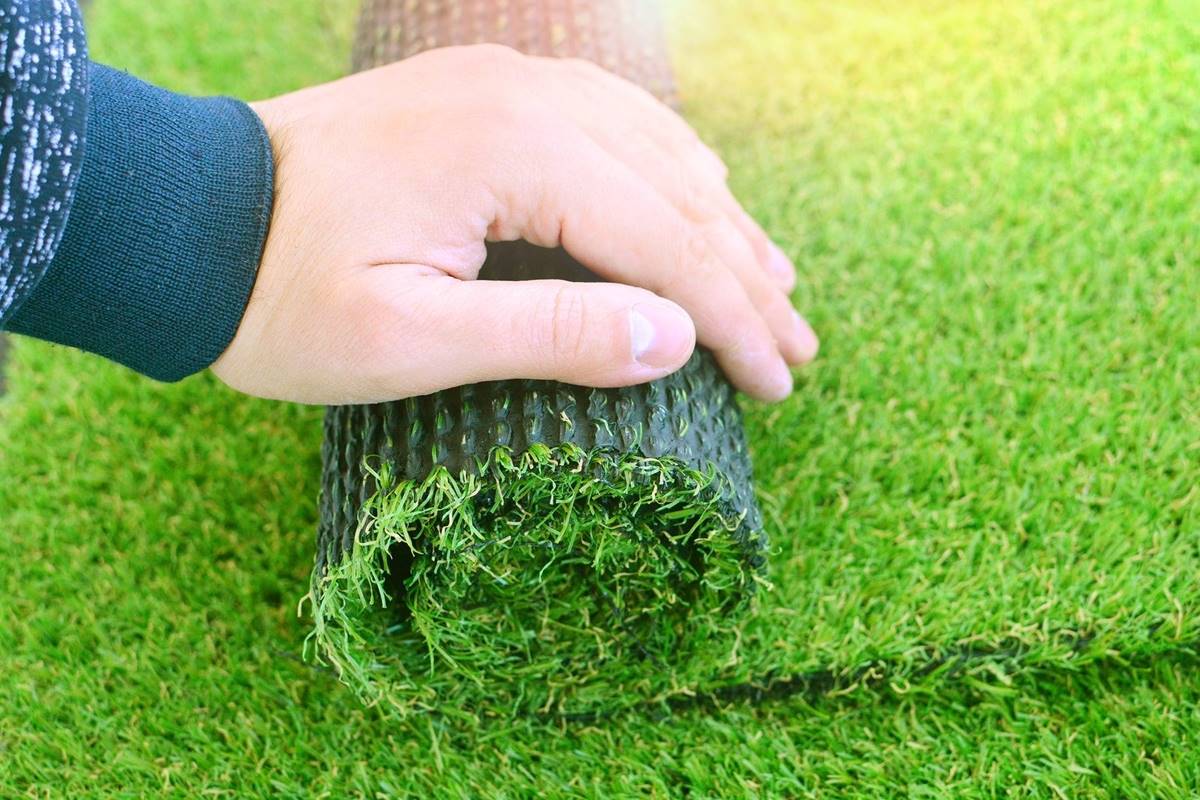
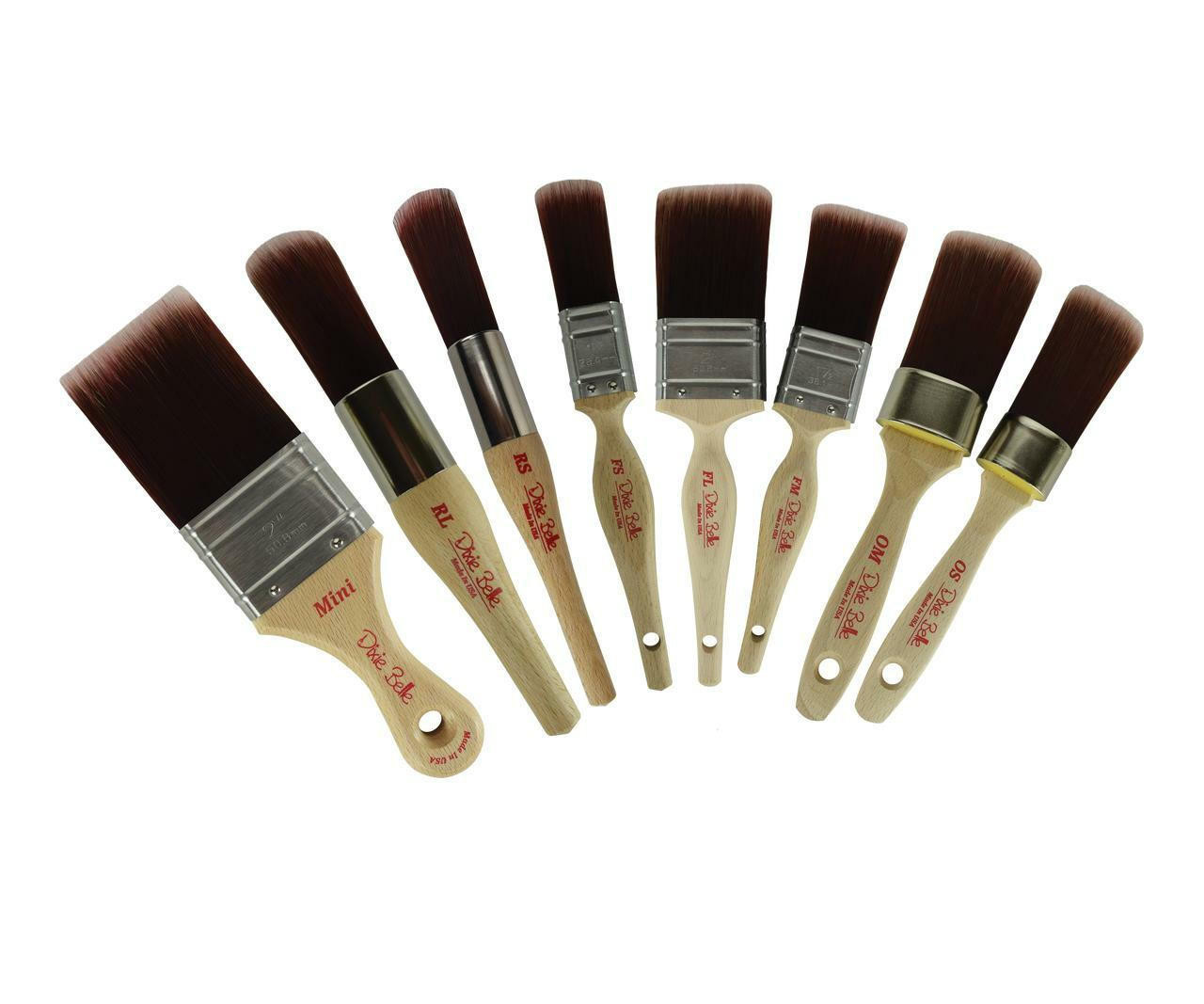
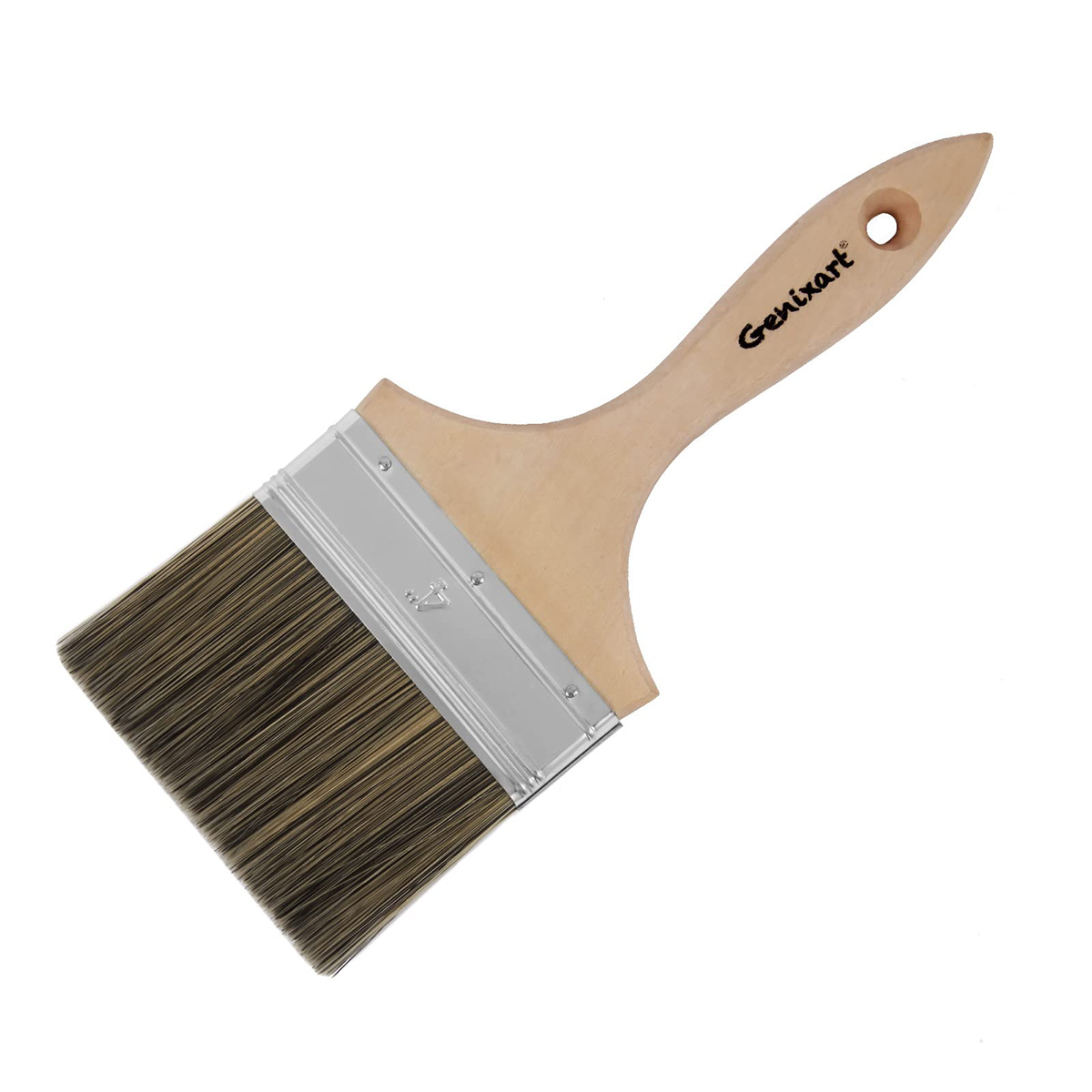
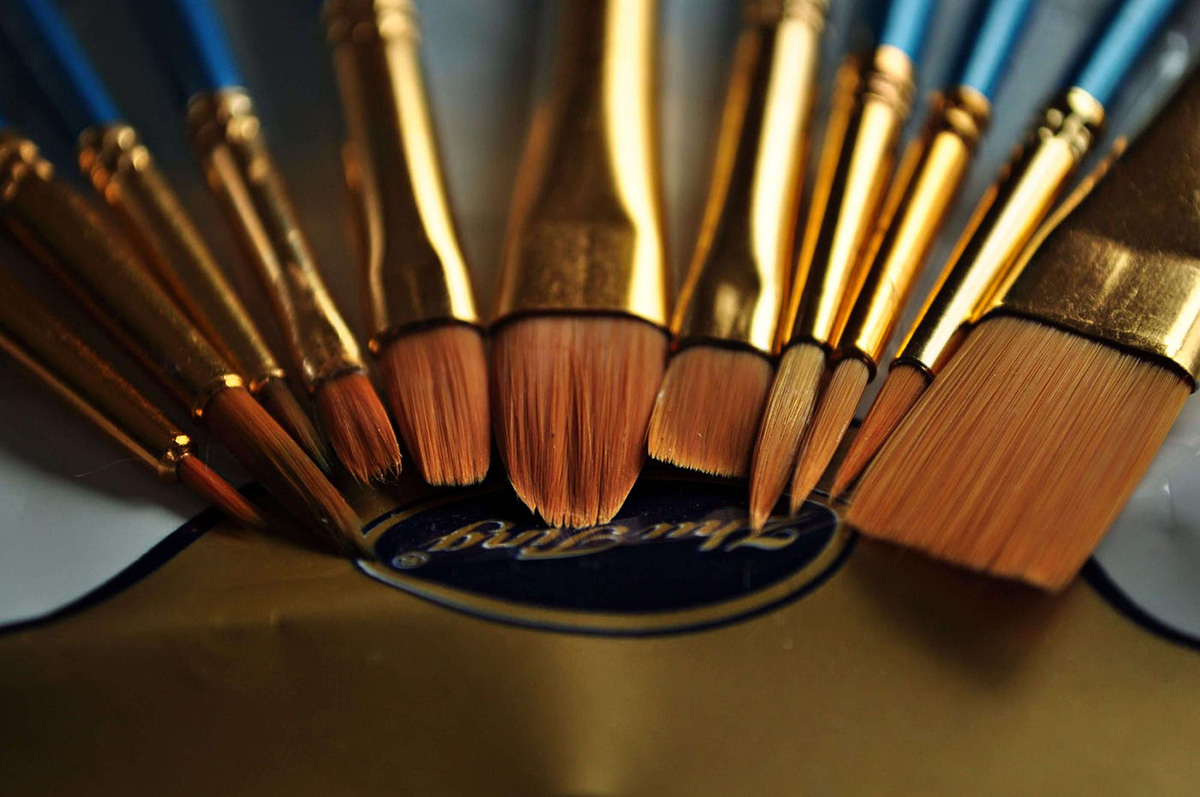
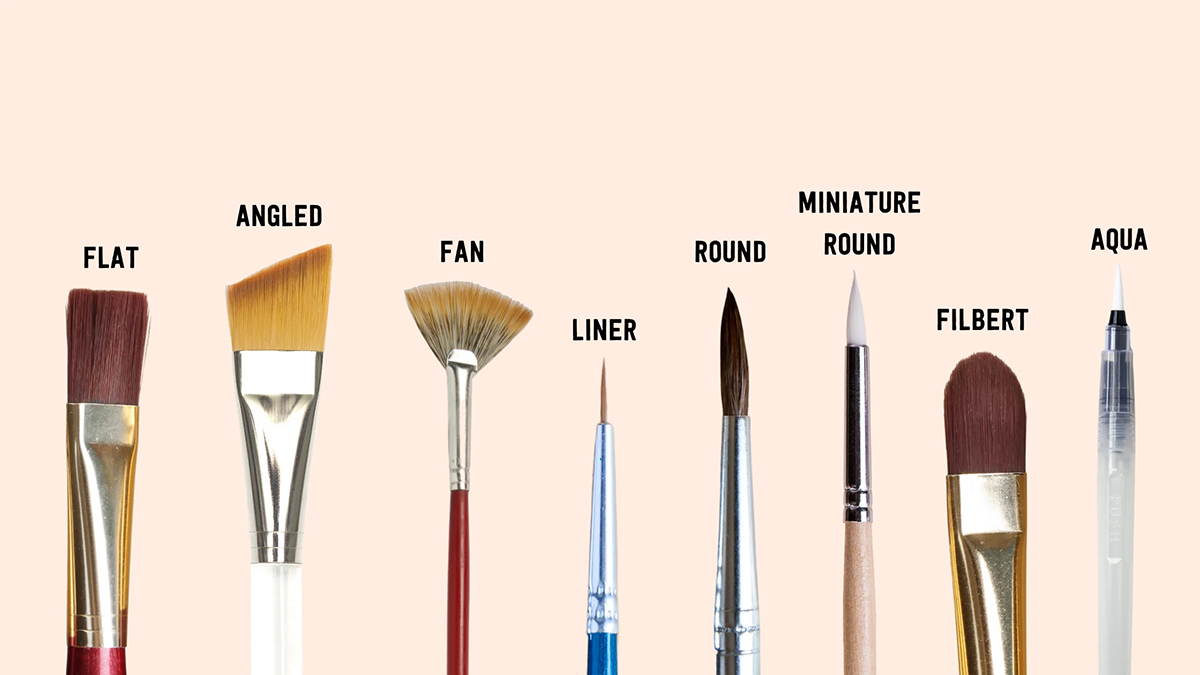
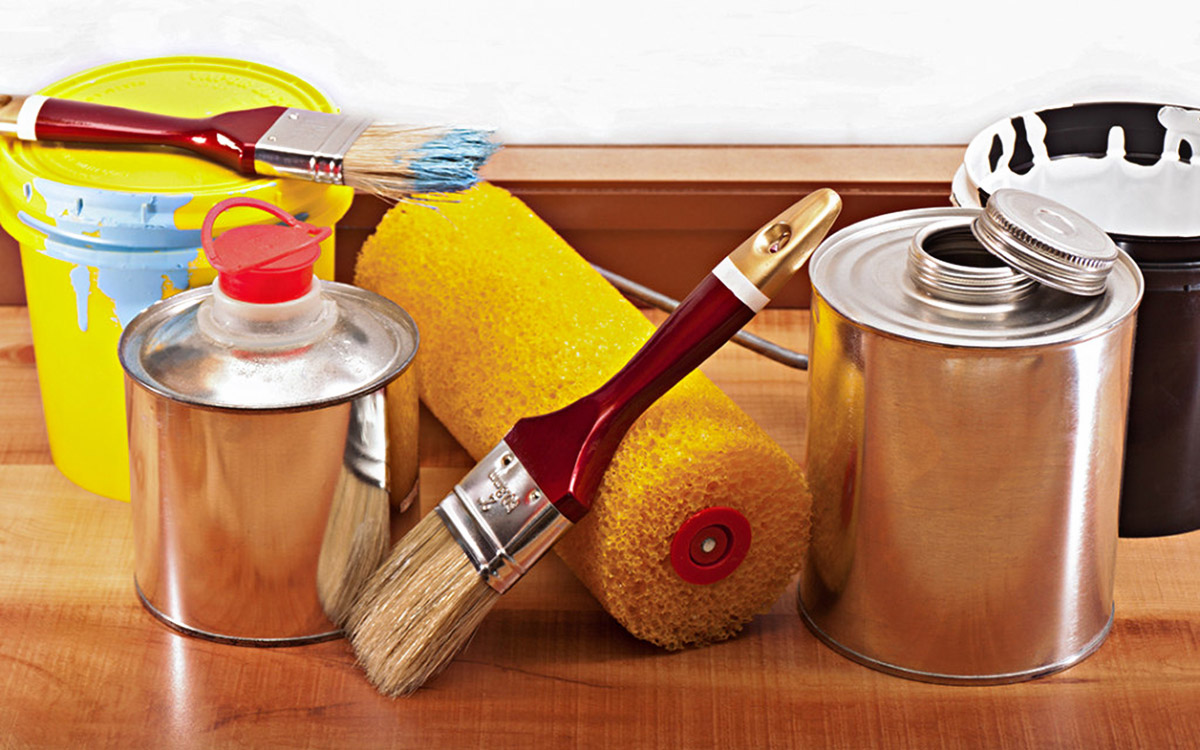
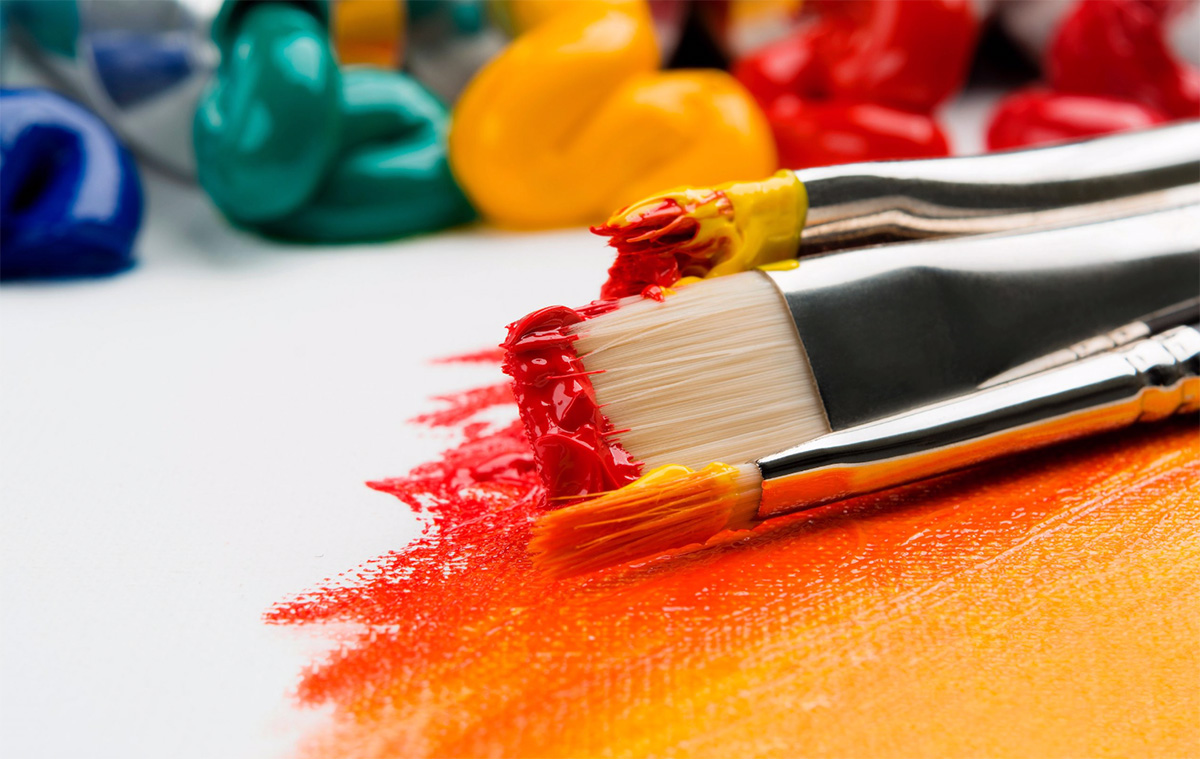

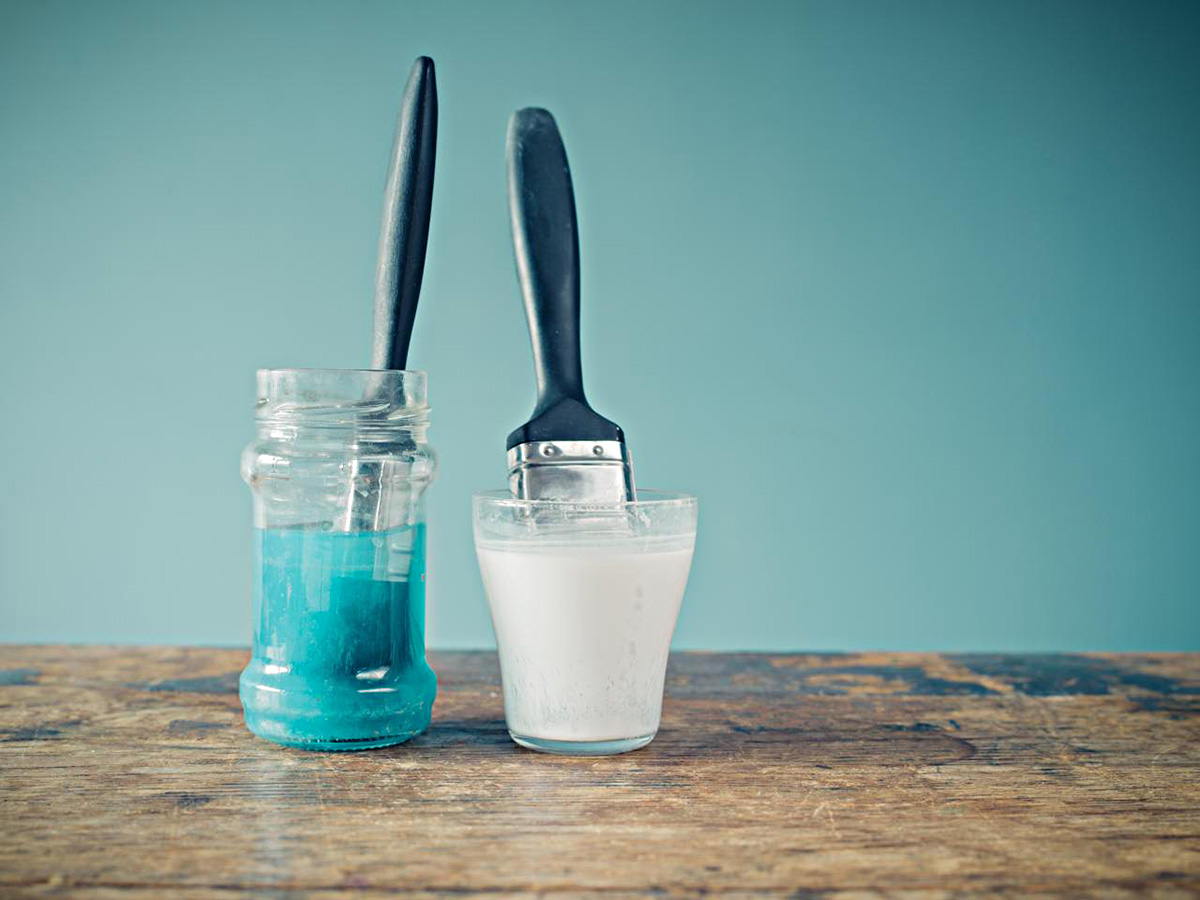
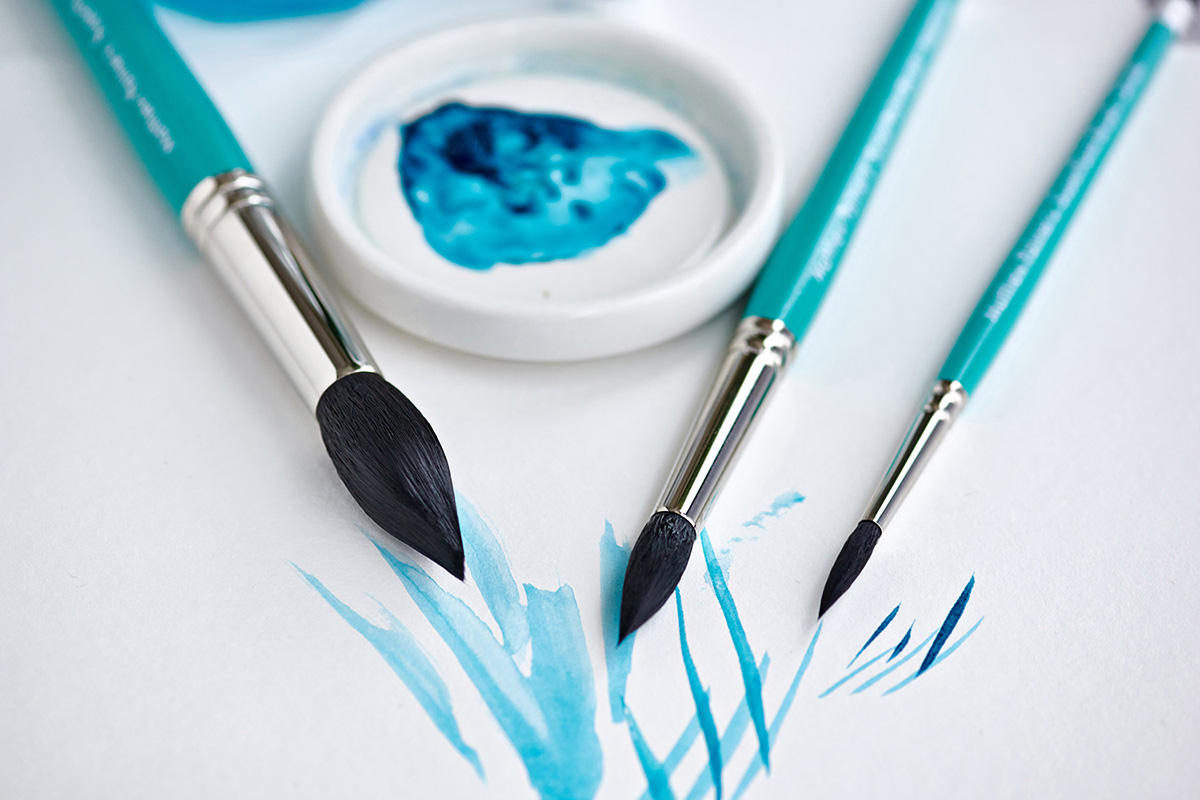
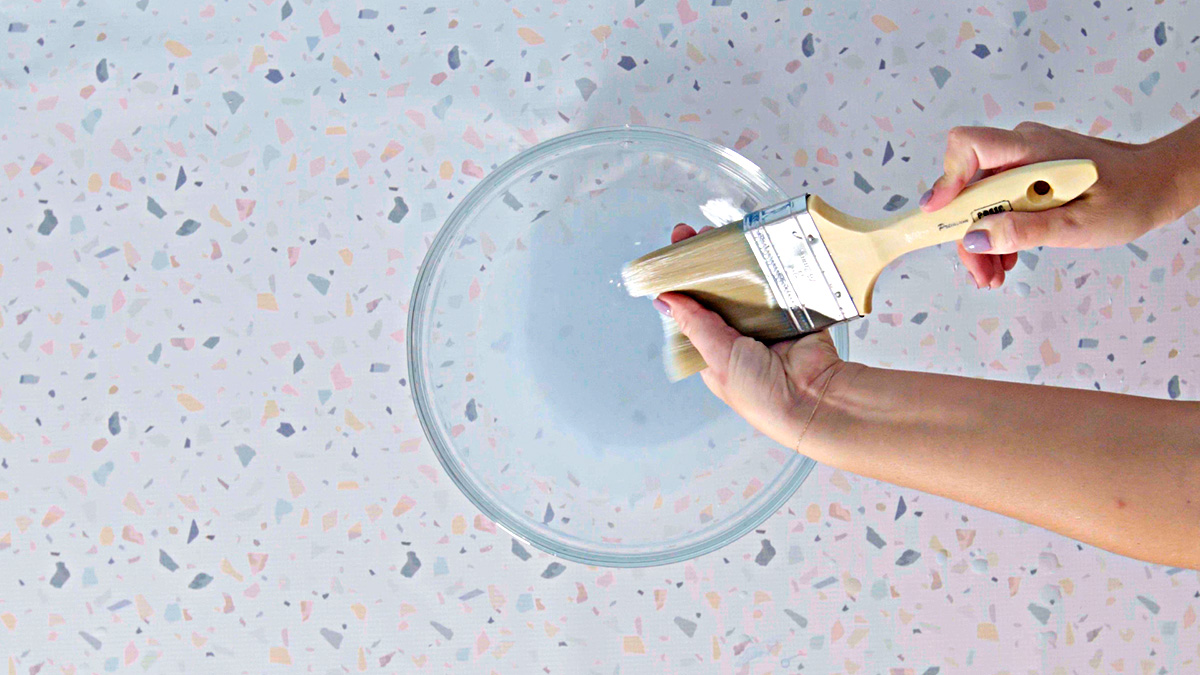
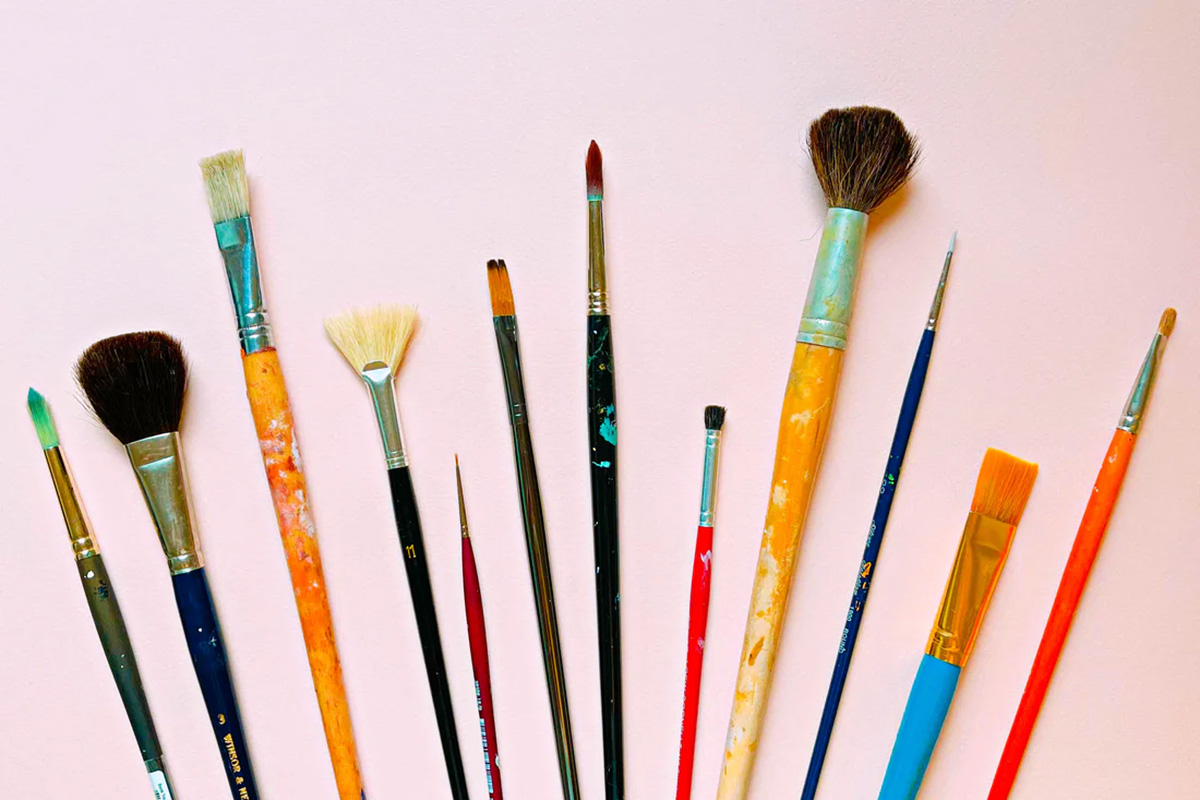
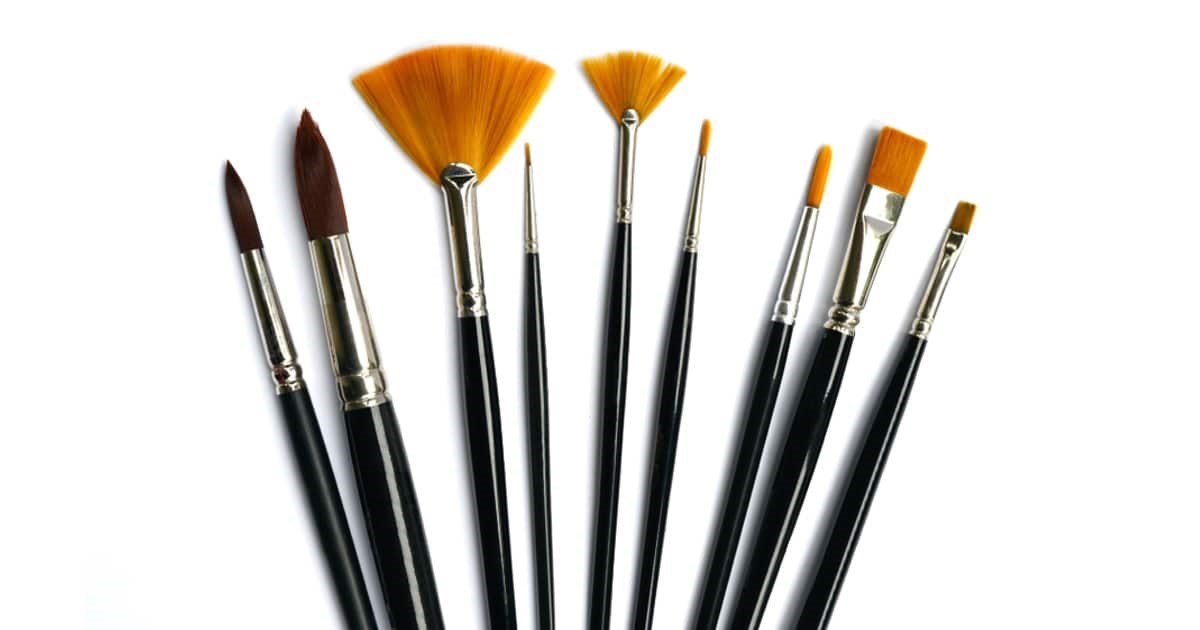

0 thoughts on “What Are Synthetic Paint Brushes Made Of”